
Why a Digital Construction Software is Critical for AEC Growth
Discover how a digital construction software brings together people, data, and processes to reduce errors, and power growth across infrastructure, and industrial projects. From real-time collaboration to integrated BIM and smarter data insights, see how CUBE helps teams build faster, and efficiently.



The construction industry has always been a balancing act of time, quality, and cost. As projects become more complex and stakeholder networks expand, traditional tools and disconnected processes struggle to keep up. Fragmented systems lead to data silos, version conflicts and a lack of clear visibility across teams, all of which undermine decision-making and slow down delivery.
This is where by aligning teams, tools, and timelines, a unified construction software ensures project information flows effortlessly across all phases.
What Makes a Digital Software Vital for Construction
Modern construction projects involve:
- Multiple contractors and subcontractors
- Distributed teams across geographies
- Complex compliance and approvals
- Dynamic, evolving design requirements
In a traditional setup, teams often juggle disconnected software, email threads and manual status updates, leading to:
- Costly rework
- Delayed approvals
- Limited collaboration
- Misaligned priorities
By contrast, a digitalized construction environment breaks down these silos, enabling real-time collaboration, connected data streams and transparent communication transforming the way teams build together.
.png)
The Digital Pillars Behind Seamless Construction Delivery
Seamless construction outcomes are built on a framework of key digital pillars:
Common Data Environment (CDE)
A single source of truth where all project stakeholders can access, review and update information, reducing confusion and eliminating duplicate files.
Here’s how CUBE makes it easier:
- Everything in one place: Upload, organize, and manage all your files drawings, BIM models, contracts, reports without relying on scattered folders or external drives.
- Always up to date: Every stakeholder sees the latest version, every time. No more confusion over which file is the most current.
- Track with clarity: Built-in version control, change logs, and user permissions keep you in the loop, and in control.
- Full traceability: Whether you’re responding to a query or running a project audit, a successful connected built environment’s automatic history tracking ensures nothing slips through the cracks.
Want to see how CUBE simplifies document management and hones collaboration and control?
👉 Explore how its CDE can streamline your construction workflows.
.png)
Collaborative Workflows
Construction moves fast and rigid processes only slow things down. A digitalized environment supports flexible, configurable workflows that align with how real teams operate on the ground.
With CUBE, collaboration is structured, streamlined, and scalable:
- Create approval workflows that fit your project: Whether you're coordinating across teams or managing contractor submissions, set up review paths that reflect your actual processes.
- Assign and manage with ease: From drawing reviews to issue tracking, delegate tasks and follow progress without switching tools.
- Keep everyone aligned: Role-based access, real-time notifications, and smart reminders ensure the right people are always informed no missed updates or duplicated efforts.
Looking to enhance collaboration across your project teams?
👉 See how CUBE keeps everyone on the same page.
.png)
Integrated BIM
BIM is no longer just a 3D design tool. It’s a powerful engine for coordinating timelines (4D) and costs (5D). A BIM integrated approach ensures that project data is continuously updated and accessible.
With CUBE, BIM becomes truly collaborative and accessible:
- View BIM models instantly in your browser no plugins or extra software required.
- Link quantities directly to cost estimates for more accurate and dynamic budgeting.
- Coordinate designs seamlessly with built-in review tools, markups, and clash detection to catch issues early.
Ready to make BIM easier for every stakeholder from site teams to consultants?
👉 Explore how CUBE simplifies BIM collaboration.
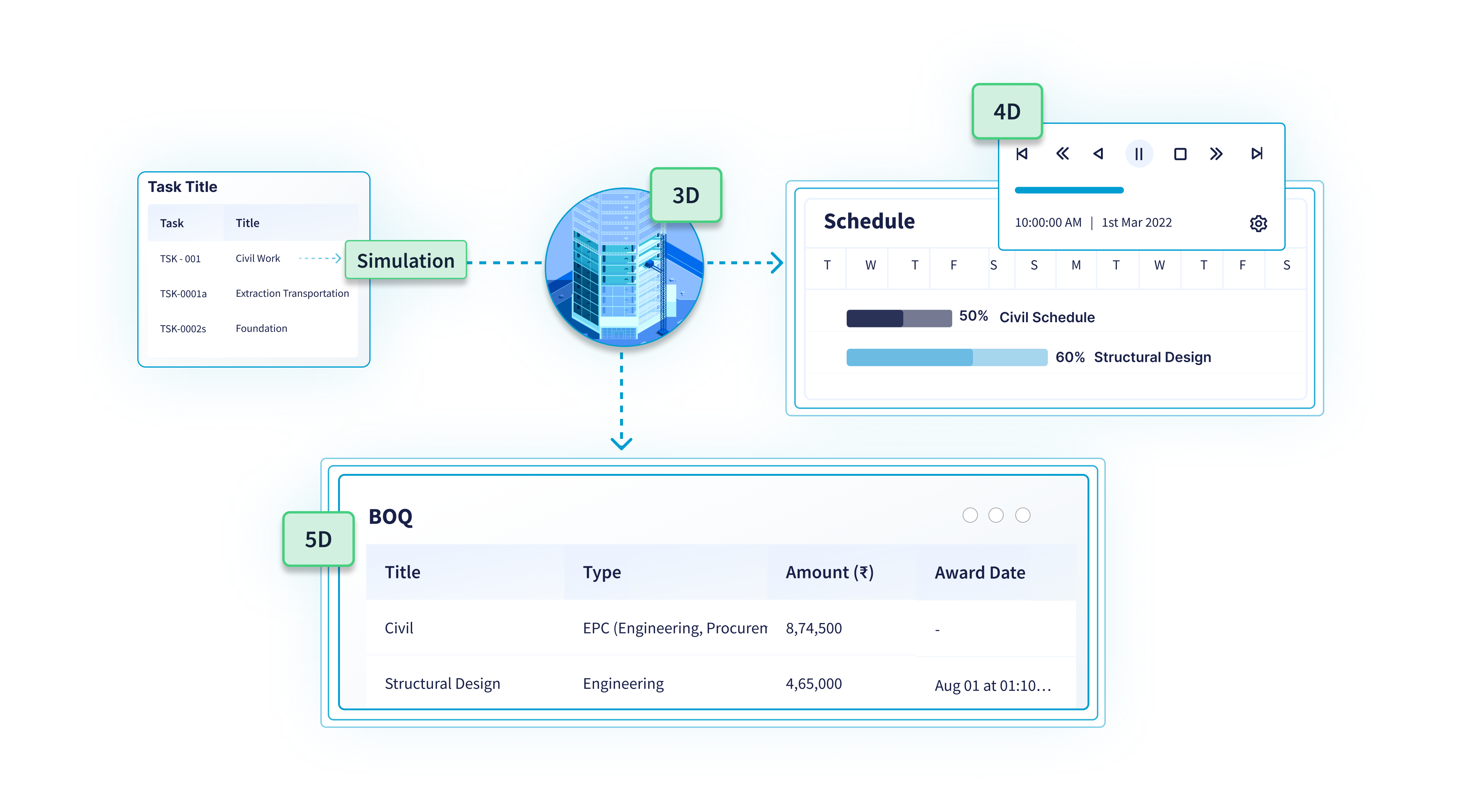
Real-Time Field Connectivity
Without field input, even the best designs fail. A connected platform must close the gap between site teams and office-based project managers.
With CUBE, the field stays connected even in areas with low connectivity:
- Mobile apps to let your teams capture data, fill out forms, and access documents without needing internet access.
- Geo-fenced inspections and reports provide location-accurate context for every issue, activity or observation.
- Real-time sync ensures that all updates are instantly pushed to the platform keeping field and office in perfect sync.
Explore how CUBE helps access the latest data, anytime, anywhere.
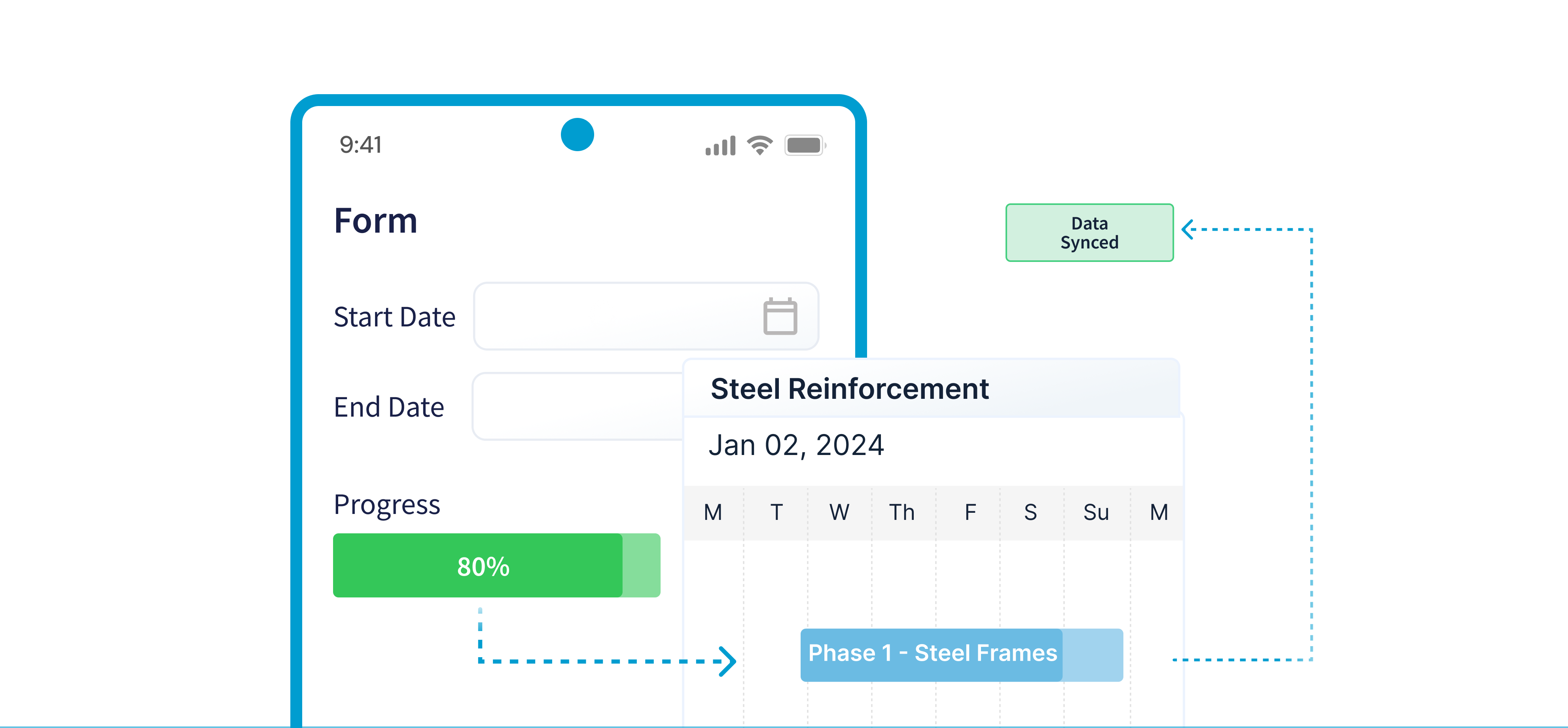
Advanced Data Insights
Smart construction isn’t just about storing data, it’s about making it actionable. With analytics and dashboards in place, teams can move from reactive to proactive decision-making.
With CUBE, insights become action:
- Visualize KPIs across safety, schedule, cost and more, all in one dashboard.
- Spot risks early with real-time data and trend analysis to avoid delays and overruns.
- Optimize resources and workflows by turning site data into clear, actionable insights.
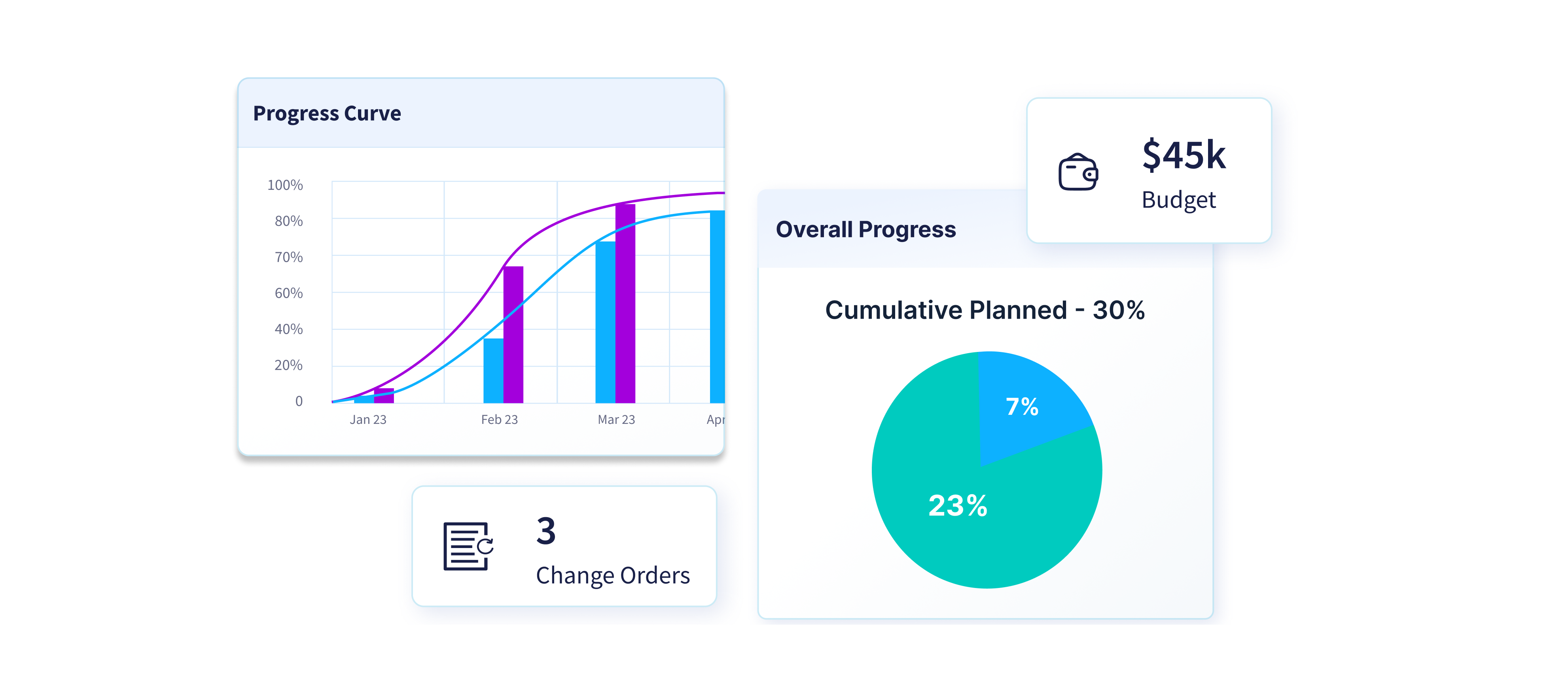
Driving Efficiency in Construction with Connected Technology
Integrated digital platforms are reshaping construction outcomes with clear, measurable impact.
Faster decision-making with real-time data access:
Connected digital technologies are enhancing construction project delivery, strengthening risk management, and improving operational efficiency addressing priorities for over 75% of engineering and construction (E&C) executives.
— Deloitte: E&C Industry Outlook 2024 ¹
Improved quality control with structured workflows and checklists:
Projects using digital checklists and standardized workflows report up to a 30% reduction in quality issues highlighting the value of integrated site-to-office systems.
— McKinsey & Company: Imagining Construction’s Digital Future (2016) ²
BIM adoption is accelerating due to standardized frameworks:
The adoption of ISO 19650 and more advanced Common Data Environments (CDEs) is driving broader and more consistent use of BIM across project lifecycles.
— Deloitte: E&C Industry Outlook ³
Redefining Construction: Why CUBE Sets the Standard
CUBE is purpose-built to enable construction teams to work smarter, with a platform that bridges data, workflows and people. It supports:
- Seamless file and document management
- Configurable workflows for dynamic approvals
- A robust CDE with secure, centralized storage
- Integrated BIM viewing and takeoffs
- Mobile-first tools to keep field teams in sync
- Real-time dashboards and risk insights
In short, CUBE empowers you to build smarter from design through delivery, achieving the perfect balance of scope, time and cost. Explore how you can ensure high-quality outcomes for every project with integrated solutions, designed for efficiency and precision.
.png)
The Future of Construction Is Connected
As construction projects grow in scope and complexity, a connected built environment becomes paramount for staying on track and competitive, and to gain greater control over risk, improve delivery timelines and achieve better project outcomes.
Ready to see how CUBE can connect your teams, data, and workflows?
👉 Request a demo to explore how you can build smarter with CUBE.
.svg)


.png)
.png)



.png)









.svg)
















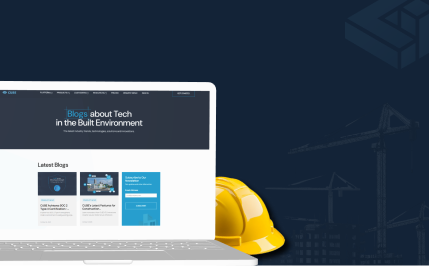


.png)
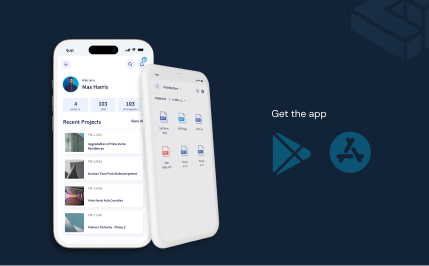

.png)




.png)
.png)